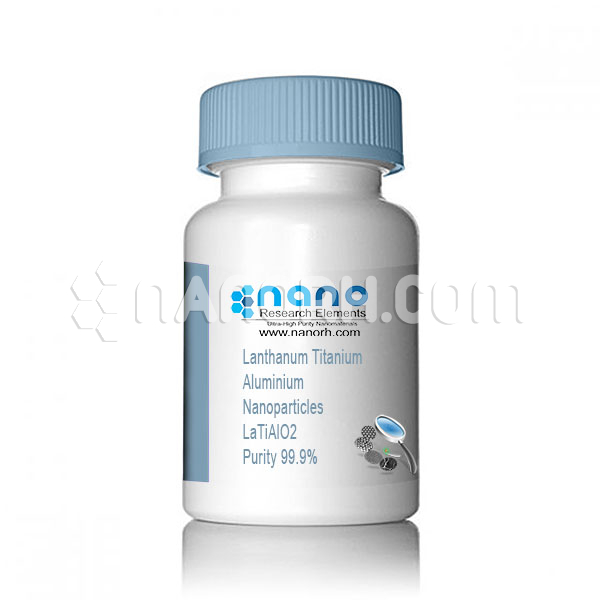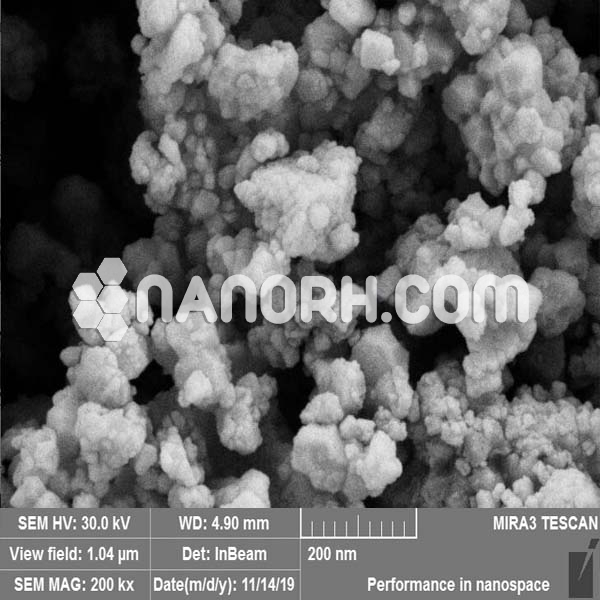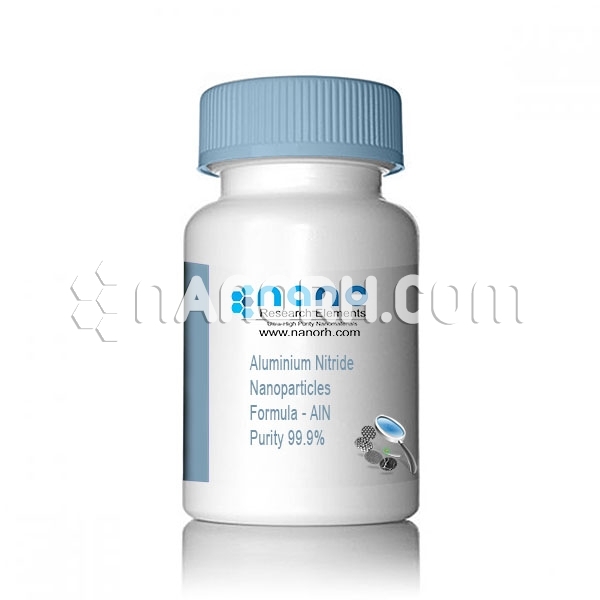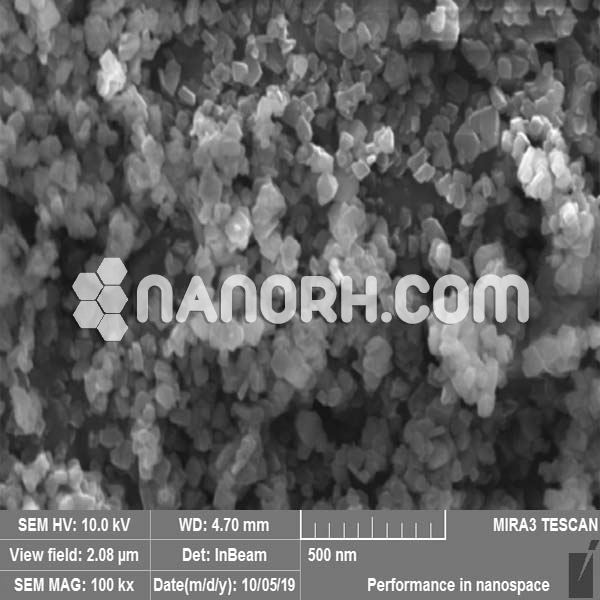| Lanthanum Titanium Aluminium Nanoparticles | |
| Product No | NRE-5279 |
| CAS No. | NA |
| Formula | LaTiAl |
| APS | <100nm (Can be Customized) |
| Purity | 99.9% |
| Color | Grey |
| Molecular Weight | 213.75 g/mol |
| Density | NA |
| Melting Point | NA |
| Boiling Point | NA |
Lanthanum Titanium Aluminium Nanoparticles
Lanthanum titanium aluminium nanoparticles (LaTiAl NPs) are a class of advanced nanomaterials that combine the unique properties of lanthanum (La), titanium (Ti), and aluminum (Al) in nanoparticle form. These materials are of particular interest due to their synergistic properties, which arise from the interaction between the lanthanum, titanium, and aluminum ions at the nanoscale.
Properties
High Surface Area:
As with most nanoparticles, LaTiAl NPs have a high surface area-to-volume ratio, which significantly enhances their reactivity and surface interactions. This property is especially beneficial in catalysis and energy-related applications, such as fuel cells and batteries.
Catalytic Activity:
The combination of lanthanum, titanium, and aluminum enhances the catalytic activity of these nanoparticles. LaTiAl NPs are used as catalysts or catalytic supports in various chemical reactions, benefiting from the unique catalytic properties of lanthanum, titanium, and aluminum oxides. Their use is particularly prominent in oxidation reactions, hydrogenation, and fuel reforming processes.
Magnetic and Electronic Properties:
Lanthanum and titanium are known for their interesting magnetic and electronic properties, which can be tuned at the nanoscale. LaTiAl NPs, particularly when doped with transition metals or rare-earth elements, can exhibit unique magnetic behaviors that are useful in various applications, including data storage and magnetic sensors.
Thermal Stability and High Melting Point:
The inclusion of aluminum and titanium contributes to the thermal stability of LaTiAl nanoparticles. These nanoparticles can maintain their structural integrity at high temperatures, making them ideal for applications in high-temperature environments, such as in catalytic converters or aerospace materials.
Optical Properties:
Depending on the synthesis and doping process, LaTiAl nanoparticles can also exhibit interesting optical properties such as light absorption, fluorescence, or photoluminescence.




